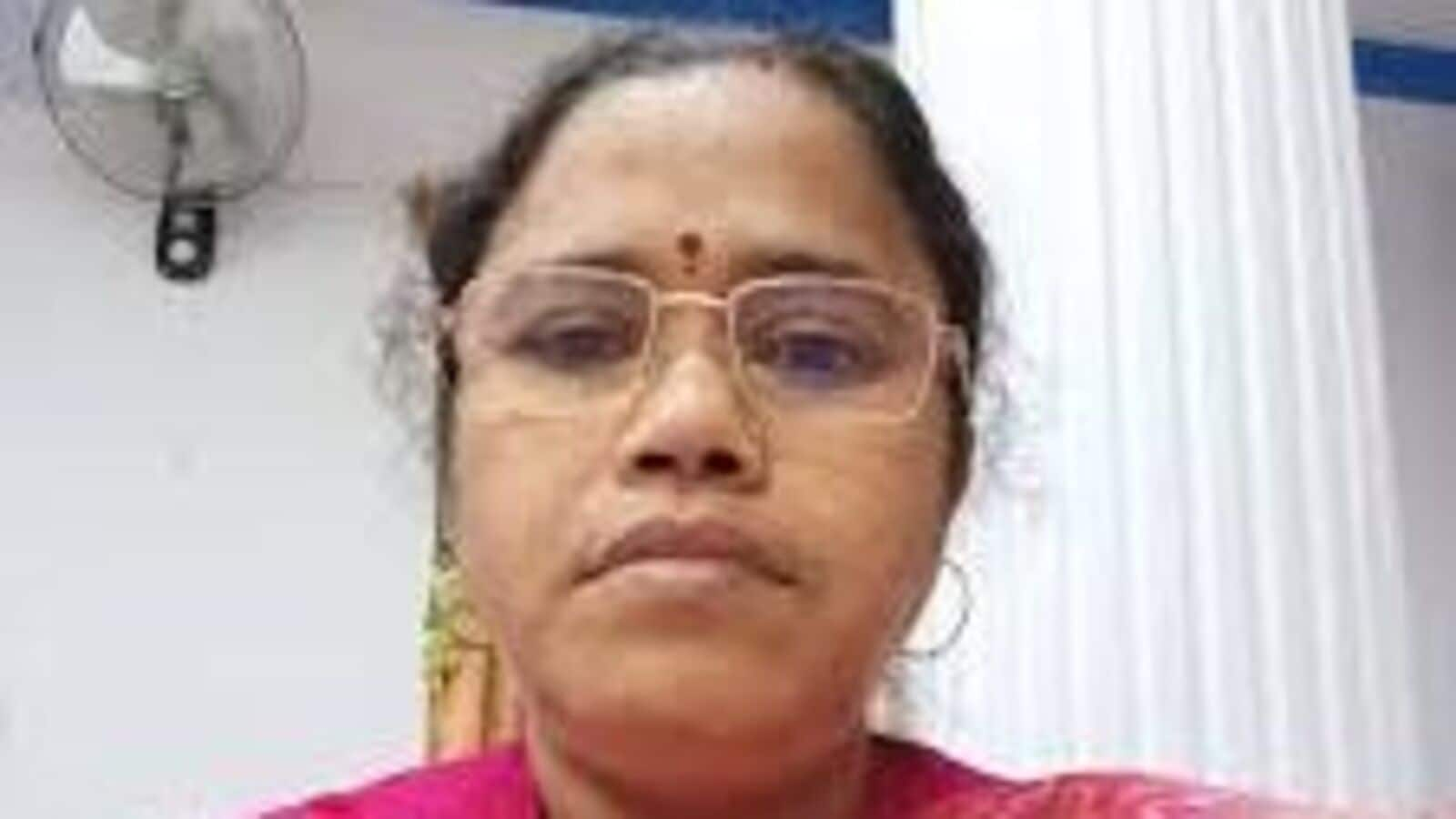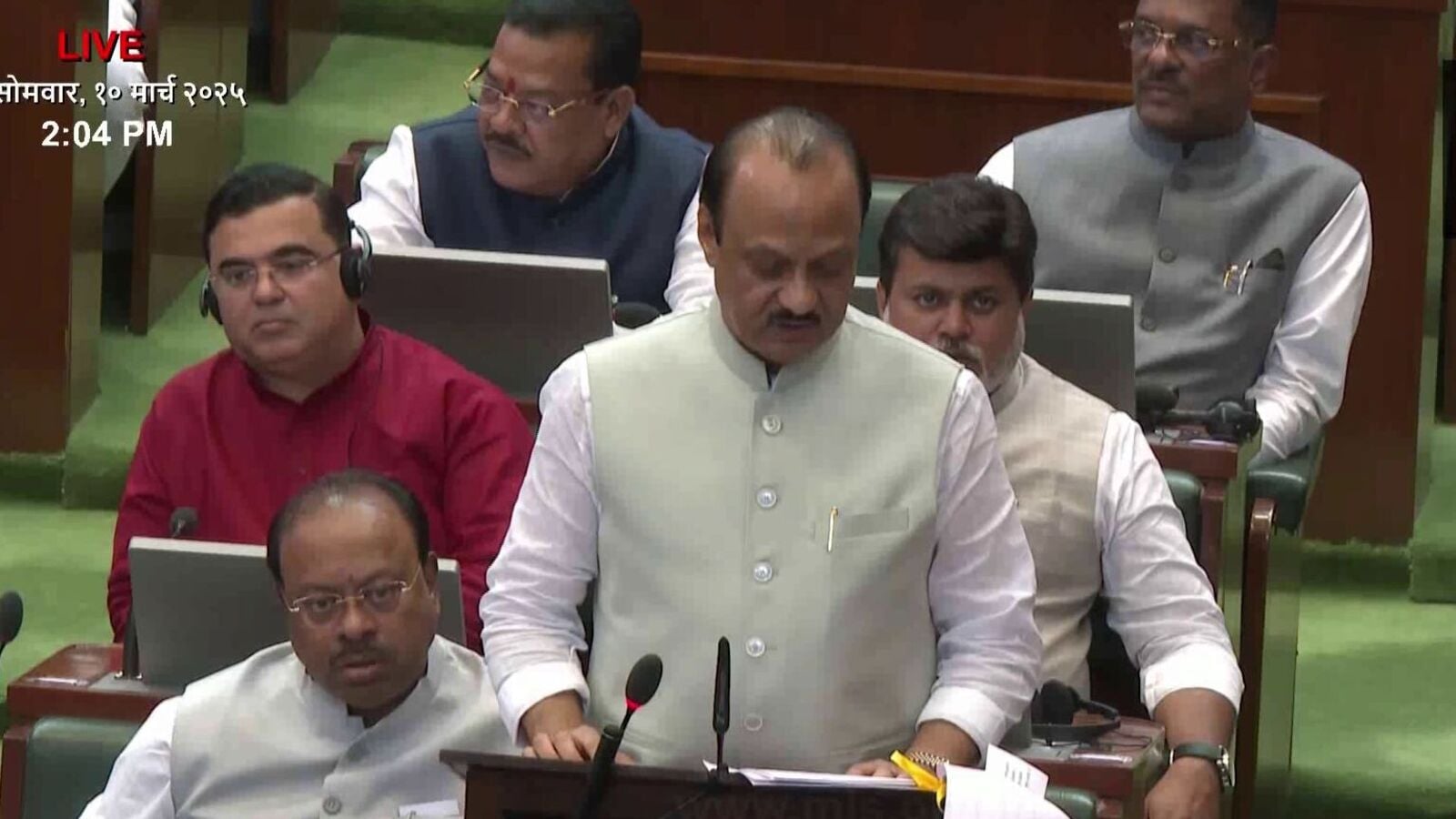New Delhi: India’s apex drug regulator is collating information on adverse events due to medical devices to take timely action against manufacturers and ensure appropriate measures to mitigate risks to public health as the number of such incidents rise.
The Drugs Controller of General of India has issued a prescribed format to collect information on undesired effects from medical devices and in-vitro-medical devices (IVDs), ensuring that the identity of the ‘patient’ or the ‘complainant’ will not be made public. The proforma has to be filled with details such as description of the medical device with details including the brand name, manufacturer, importer or distributor.
The DCGI has urged people to send the duly filled form to the Indian Pharmacopoeia Commission, a body under the health ministry, which runs the government’s Materiovigilance Programme of India (MvPI) platform to monitor adverse events associated with medical devices in India.
The regulatory action is aimed at stricter surveillance of side effects from medical devices, a market that is estimated to expand from $11 billion to $50 billion by 2030. Mint earlier reported about DCGI directing all medical device licence holders and manufacturers to report any adverse events related to life-saving medical equipment on the MvPI platform.
Safety concerns
Unlike drugs, absolute safety in medical devices—which are engineering, not chemical, products — may not be possible, according to said Rajiv Nath , forum coordinator, AiMeD, an umbrella body of medical device manufacturers in India.
There needs to be post marketing surveillance of serious adverse events that lead to death or injuries requiring surgical intervention, he said. What’s important that such events have to be reported to manufacturers to enable faster and direct redressal or the Indian Pharmacopoeia Commission or the regulator, using the feedback for systemic reviews, he said.
Medical devices are therapeutic, diagnostic, therapeutic & diagnostic, implantable, non-implantable, invasive & non-invasive, single-use device, reusable, sterile & non-sterile, and for personal use and homecare.
Nath said the reports on adverse events from such devices should not result in witch-hunting and a trust factor needs to be created to persecute the one reporting—whether it’s a health care provider or patient or the manufacturer itself.
Lack of clarity
DCGI, in its public notice, said the submission of a Medical Devices Adverse Event (MDAE) does not constitute an admission that medical personnel or manufacturer or the product caused or contributed to the adverse event and also “does not have any legal implication on the reporter”.
“The patient/reporter’s identity is held in strict confidence and protected to the fullest extent. Programme staff is not expected to and will not disclose the patient/reporter’s identity in response to a request from the public,” it said.
Citing regulations in the US and the European Union, Nath also stressed on clarity for “what’s reportable and what’s not—what’s a serious adverse event and what’s a non-serious adverse event”.
“Currently there’s a lot of confusion and lack of clarity at various levels, so either there’s under-reporting or an extreme of over reporting at some organizations or not reporting to manufacturer but reporting to regulators,” he said. “Webinars and public education will help to bring clarity and build a trust factor.”










Leave a Reply